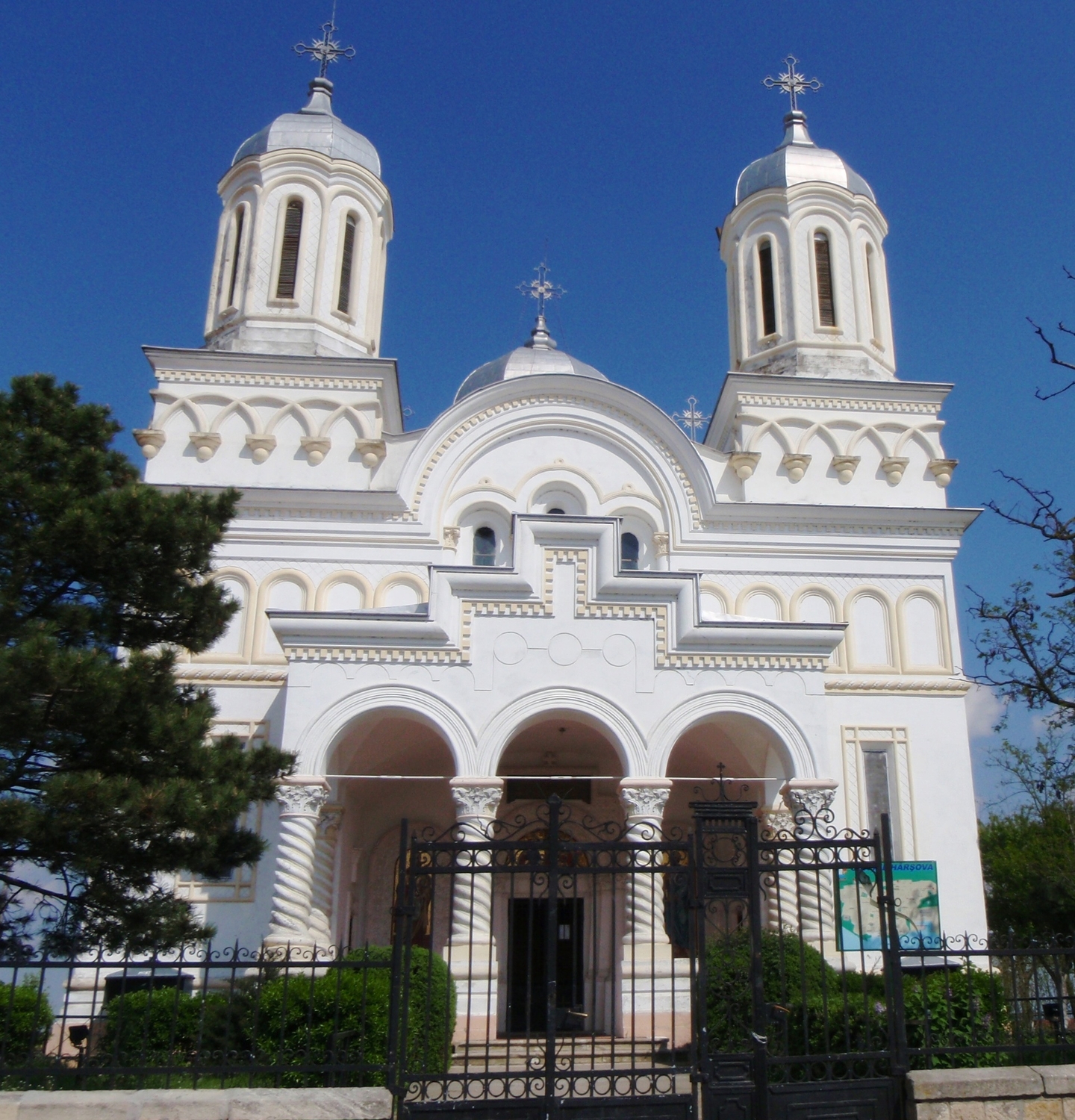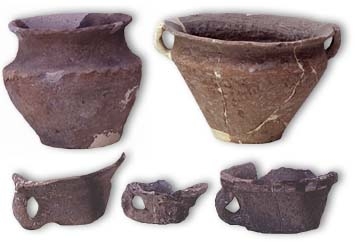- Home
- Time and place
- Hârsova
- Archaeological Regions
- The Gete Settlement of The Roman Moara Era
Ceramics from the Moara settlement, decorative and functional vases, oil lamps.
The Moara settlement is found along the Danube, about 1 km from the ancient settlement. The dig of 1987-88 enabled the identification of the settlement as rural.
The findings there highlighted the phenomenon of the romanization of the indigenous Getes.
The settlement, as revealed by the artifacts found, was first developed around a community of the Second Iron Age (La Tene).
The Gete component is confirmed from the beginning of, and throughout the Roman Era, by the presence of oil lamps (catuie), characteristic of the Thrace, Gete and Dace worlds, and also by the presence of vases decorated with impressions made directly by the artisan's fingers. Roman ceramic is abundant and includes sigillée ceramics decorated in the barbotine style or bearing a seal. The greater part of these fine quality vases come from trading, but do not preclude the existence of local production.
Next to the residential site are the tombs of the Necropolis.
The tumuli are earthen mounds, in small groups spread across a vast area. Most of them are no longer visible, worn both by time and those who came after.
Six of the tombs have been excavated and revealed remarkable artifacts of money, ceramic and metal vases and jewels.
In many cases both Roman and Gete vases were found in the same tomb.
Keg of metal and bronze from a grave of tumulus Necropolis.


